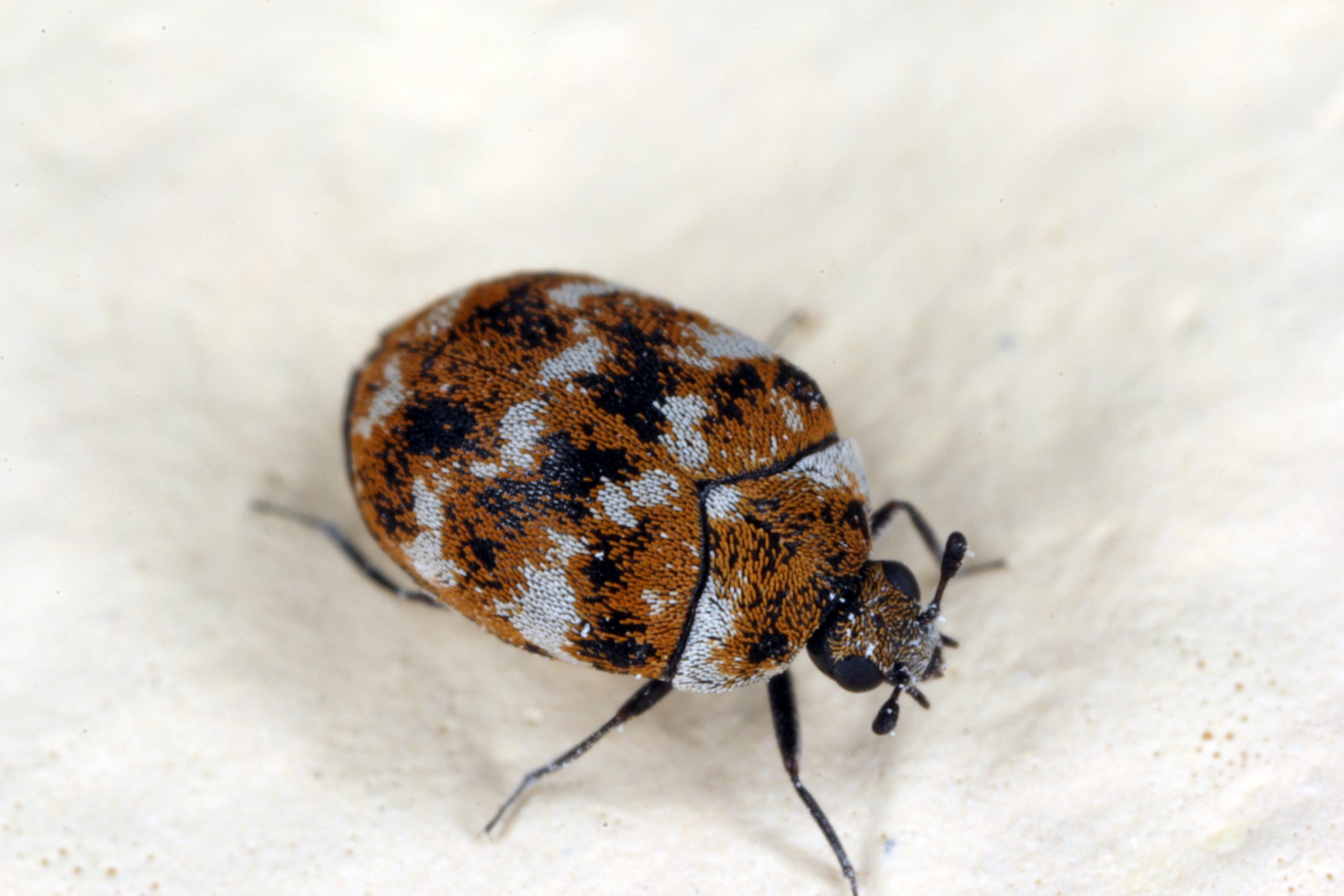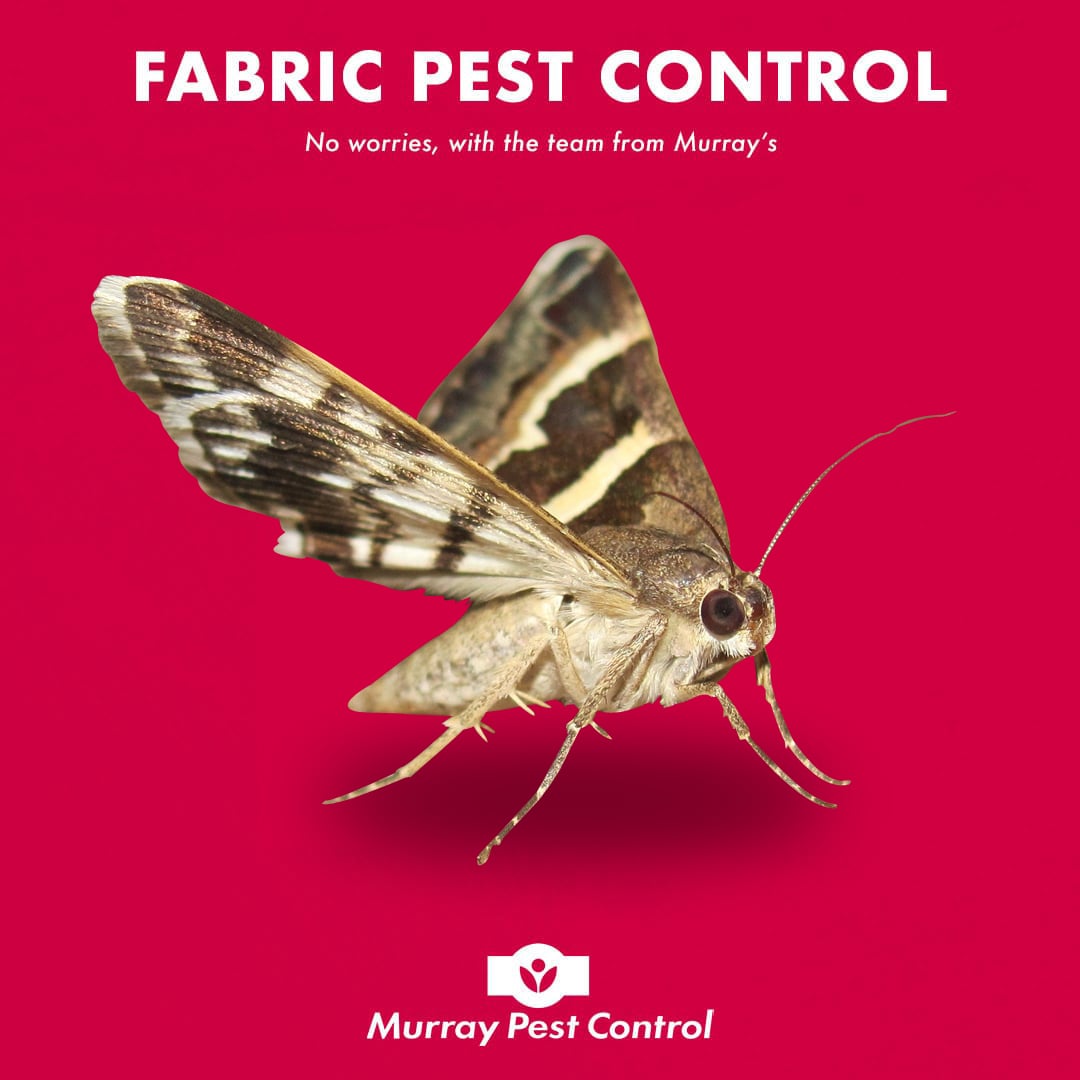Murray’s can help with pest control solutions for various fabric pests – in Adelaide & throughout South Australia.
Opened a cupboard or drawer and discovered holes in your clothes? That’s the work of one of the insects grouped as ‘Fabric Pests’ – silverfish, clothes moths and carpet beetles.
Silverfish love plant substances like cotton & starch, while carpet beetles prefer woollen goods plus fur, upholstery and even stuffed toys. Clothes moths are less common but still found in similar environments.
Fabric pests are annoying and damaging. Murray’s has a warrantied treatment available – just call for more details for Murrays Adelaide silverfish control services.
Except for silverfish, the main food sought by fabric pests is a protein called Keratin, present in fibres of animal origin like wool and even human hair.
Silverfish prefer substances of plant origin such as cotton cellulose and starch. They often turn up in cupboards, stored paper, bookshelves and even behind wallpaper that has peeled away. They do not carry disease organisms harmful to humans or domestic animals.
Carpet beetles are found in carpets, but also in woollen goods, fur, silk, upholstery and stuffed animals. They are often found in undisturbed areas, such as below items of heavy furniture or carpet perimeters.
Clothes moths are less common than carpet beetles, although often found in similar environments. Signs of an infestation include damaged material, cast larval skins, sand like larval droppings and small cocoons similar in colour to the infested fabric.
Simple Prevention
Control of silverfish is helped by storing books, paper and linen in well lit and ventilated areas. Camphor blocks may prove useful.
Carpet beetles can infest dwellings via bird’s nests in roofs and on cut flowers brought inside. Thorough and frequent vacuuming of carpets, soft furnishings and areas covered by furniture can assist in control. Pay particular attention to carpet edges adjacent to skirtings.
Items affected by clothes moths can be placed into a dark plastic bag and left in the sun, raising temperature to lethal levels. When storing for long periods, dry clean clothes and place in plastic bags with mothballs.







